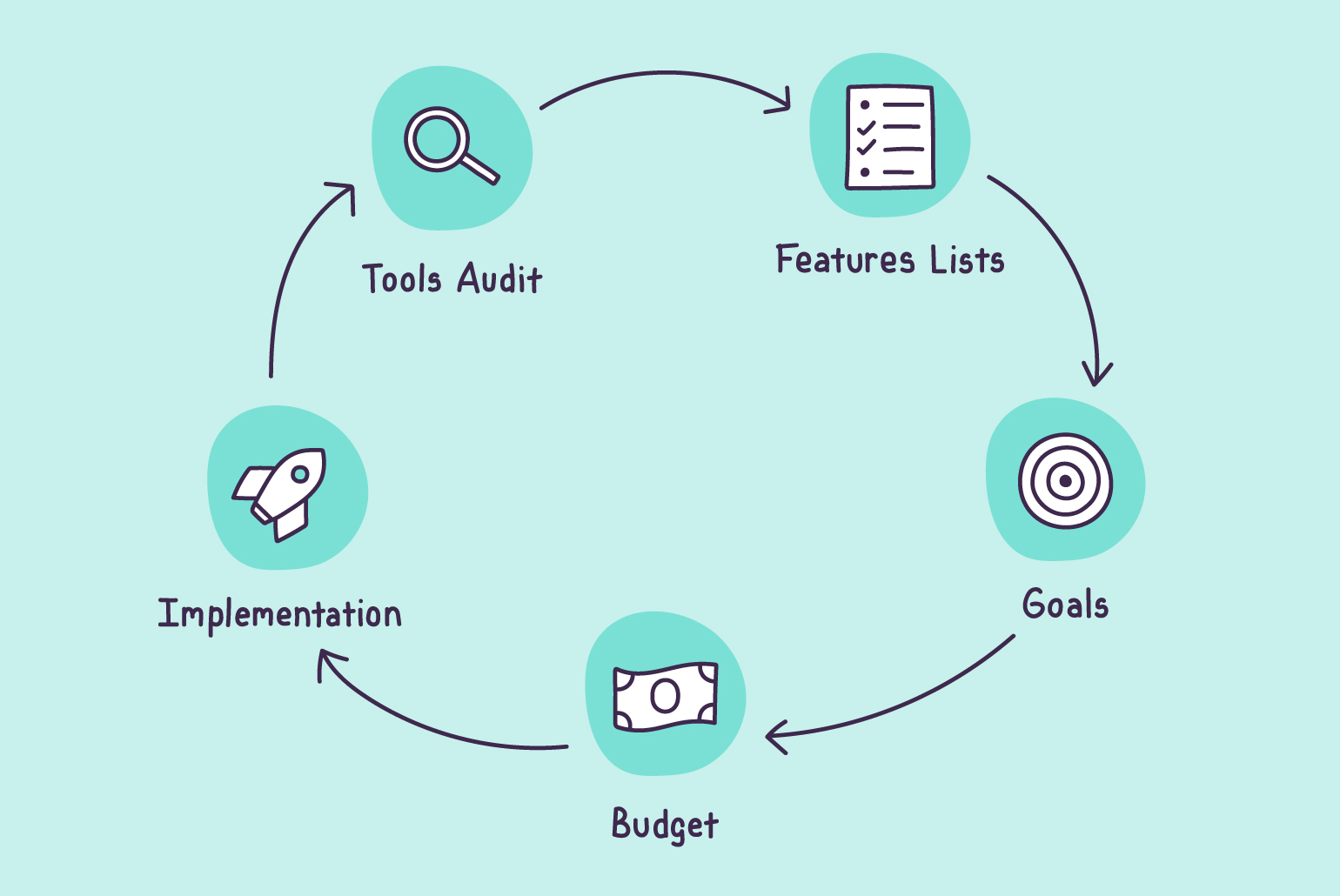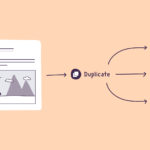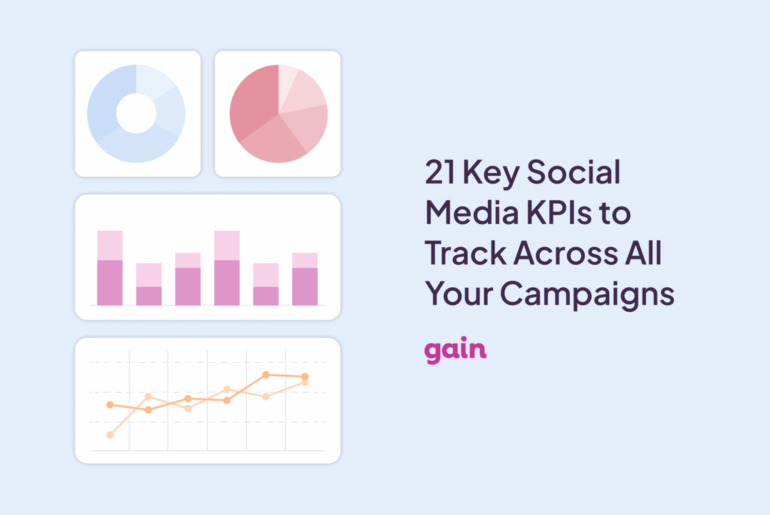As marketers, we’re constantly seeking a competitive edge through the tools we use to reach wider audiences, increase conversion rates, and better measure and analyze data.
Marketing technology, or martech, is changing the game.
In 2019, the martech industry was valued at $121.5 billion worldwide, a 22% increase from the year before.
With the increase in value of the martech industry, it comes as no surprise that many brands are allocating a substantial portion of their marketing budget towards these tools.
In the United States, brands report spending as much as 30% of their marketing budgets on technology.
This pattern of growth is set to continue.
More than half of marketers think that the amount of the budget they spend on tech is going to increase in the coming year, and the offer of new products and services is also steadily growing in response.
With the number of martech tools increasing, choosing the best solutions for your clients and projects can seem like an impossible task.
Creating a martech stack, or suite of tools, represents a substantial investment – and a bad choice means money from your budget that you can’t get back.
Martech tools can be classified many ways, but Smart Insights RACE breaks things down into the following categories:
- Reach: tech that helps build brand awareness
- Act: apps that facilitate customer interactions
- Convert: tools that help turn your audience into paying customers
- Engage: programs that build customer loyalty and develop long-term relationships with clients
Your team is going to use various tools for different parts of the process, so it is common to run into difficulties trying to integrate those tools.
Here are a few tips to help your team overcome these martech stack challenges.
Run a stack audit
The first step is to take stock of the tools you are already using.
You may purchase tools to address specific difficulties as they arise. But this can result in a haphazard collection of mismatched tools.
Some of these tools will perform redundant functions, making for inefficient workflows. Many martech options are subscription services, and it is also common to lose track of your subscriptions and continue paying for tools that your team is not actively using.
Ensure that your team is not wasting money on redundant tools or software you’re not even using by compiling a list of all the martech already in your arsenal.
After making a list of the functions that each tool provides, you can create a map of your current martech use and identify where you can make adjustments.
Define your martech needs
To avoid ending up with redundant tools in the future, you need to define your martech needs.
Start with the high-level business objectives and translate those into marketing objectives. All the members of your marketing team need to be part of this conversation because they’ll have different needs, perspectives, and ideas that are important to consider.
As you look at the tools you already use, consider your goals. Do you want:
- To improve revenue?
- To increase productivity / efficiency?
- To integrate systems?
- To improve customer experience?
- Customization?
- Data insights?
- Data centralization?
When you know what you want to accomplish and can prioritize your team’s needs, then it becomes clear what you need your tools to accomplish.
Research available martech tools
Based on your understanding of the gaps that you need to fill, you can begin researching tools that will help you better manage, track, produce, publish, or measure your marketing data.
To narrow the field of options, set a budget and brainstorm combinations of tools that meet both your budget and martech needs. You may find that you have to switch out an existing tool for a new one to create a martech stack that makes sense.
Remember: You may not be able to make all your changes at once.
Instead, you can bring in new tools based on your list of priorities. Many tools offer free trials or comprehensive demos to help you better understand their features, so take advantage of those options before you commit.
Revisit your choices
Don’t assume that once you’ve chosen a tool that it is going to work for your team or clients forever. Your needs may develop and change, and you will have to start the research process over. Put a plan in place about how often your team will take stock of your current martech stack, and what steps you’ll take to address any issues that arise.
Despite an overwhelming number of martech tools, taking the time to evaluate your martech stack is worth the effort. With these steps, your team will determine what tools can help you work more efficiently, and make a plan for filling any gaps.
Gain is an easy-to-use tool that automates the gathering of feedback and approvals from clients or stakeholders, specifically designed for marketing assets. Start a free trial and save precious time with an automated approval workflow for all your marketing content!






